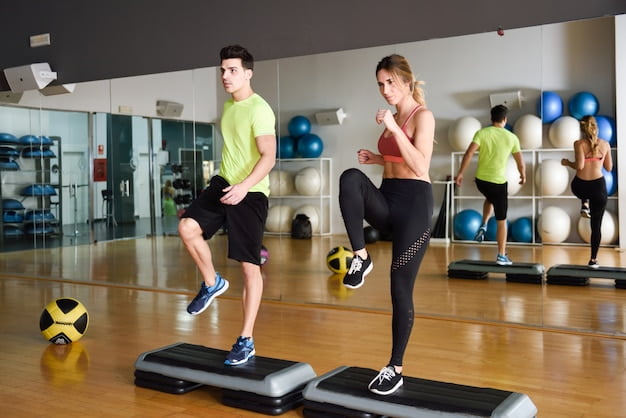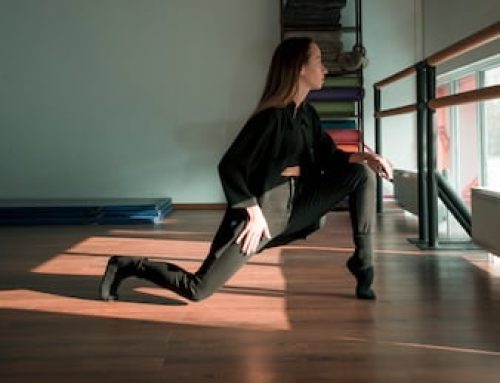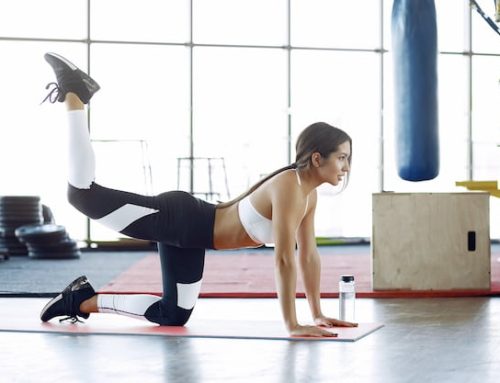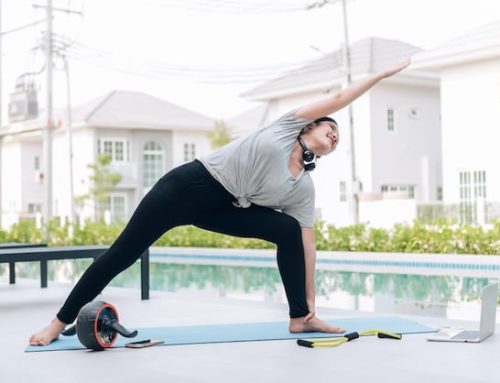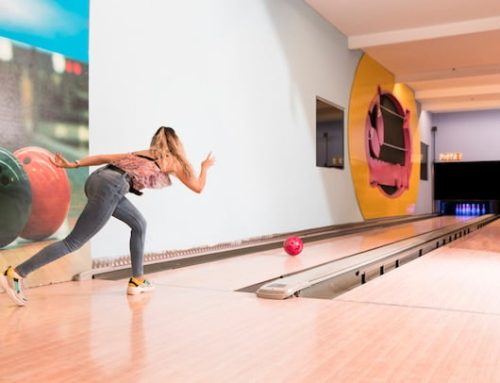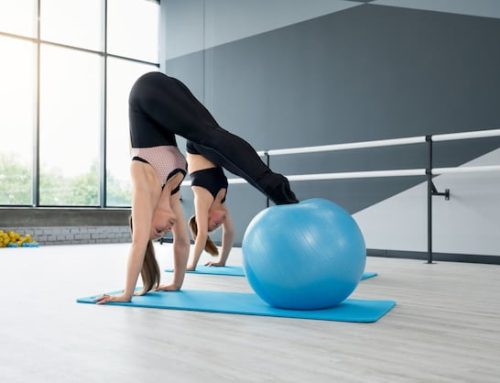The Three Balance Strategies
Balance board training is becoming increasingly popular among athletes and fitness enthusiasts. This type of training involves using a balance board to help improve balance, stability, and coordination. The benefits of this type of training are numerous, and athletes from all different sports have found that it can help them improve their performance on the field or court. In this article, we will discuss the three balance strategies that are crucial to balance board training.
Static Balance
The first balance strategy that you need to understand is static balance. This involves the ability to maintain your balance while standing still. For example, when you’re standing on a balance board, your goal is to keep the board as level as possible, without any wobbling or tipping. Static balance is important for activities such as yoga, Pilates, and strength training.
Static balance can be trained by doing simple exercises such as standing on one leg or standing on a balance board. By doing these exercises regularly, you can improve your ability to maintain your balance while standing still. The goal should be to increase your hold time and improve your form.
Dynamic Balance
The second balance strategy is dynamic balance. This involves the ability to maintain your balance while in motion. For example, when you’re running, your body is constantly shifting its weight from one foot to the other. This requires a different type of balance compared to static balance.
Dynamic balance can be trained by doing exercises such as lunges, squats, and step-ups on a balance board. These exercises will challenge your balance while you’re in motion and help you improve your ability to maintain your balance while in motion.
Reactive Balance
The third balance strategy is reactive balance. This involves the ability to quickly react and adjust your body position in response to changes in your environment. For example, if you’re playing a sport such as basketball, you need to be able to quickly react to changes in direction and maintain your balance.
Reactive balance can be trained by doing exercises such as throwing a ball at a wall and catching it while standing on a balance board. This will challenge your balance while also requiring you to react quickly to changes in the ball’s trajectory.
The Importance of Balance Board Training
Balance board training is important for athletes and fitness enthusiasts for several reasons. First, it can help you improve your overall balance and stability, which can translate into improved performance in your chosen sport or activity.
Second, balance board training can help reduce the risk of injury. By improving your balance and stability, you’ll be less likely to fall or twist an ankle while playing sports or engaging in other activities.
Finally, balance board training is a fun and challenging way to improve your fitness. It’s a great way to mix up your usual workout routine, and you can do it at home or at the gym.
Choosing the Right Balance Board
When it comes to choosing the right balance board, there are several options available. Some balance boards are designed for specific activities such as snowboarding or skateboarding, while others are more general-purpose.
Some factors to consider when choosing a balance board include the level of difficulty, the size and shape of the board, and the materials used to make it. It’s important to choose a board that is appropriate for your skill level and the activities you plan to use it for.
Conclusion
In conclusion, balance board training is an effective way to improve your balance, stability, and coordination. By understanding the three balance strategies and incorporating them into your training routine, you can reap the benefits of this type of training and take your performance to the next level. Whether you’re an athlete or just looking to improve your fitness, give balance board training a try and see the results for yourself.
